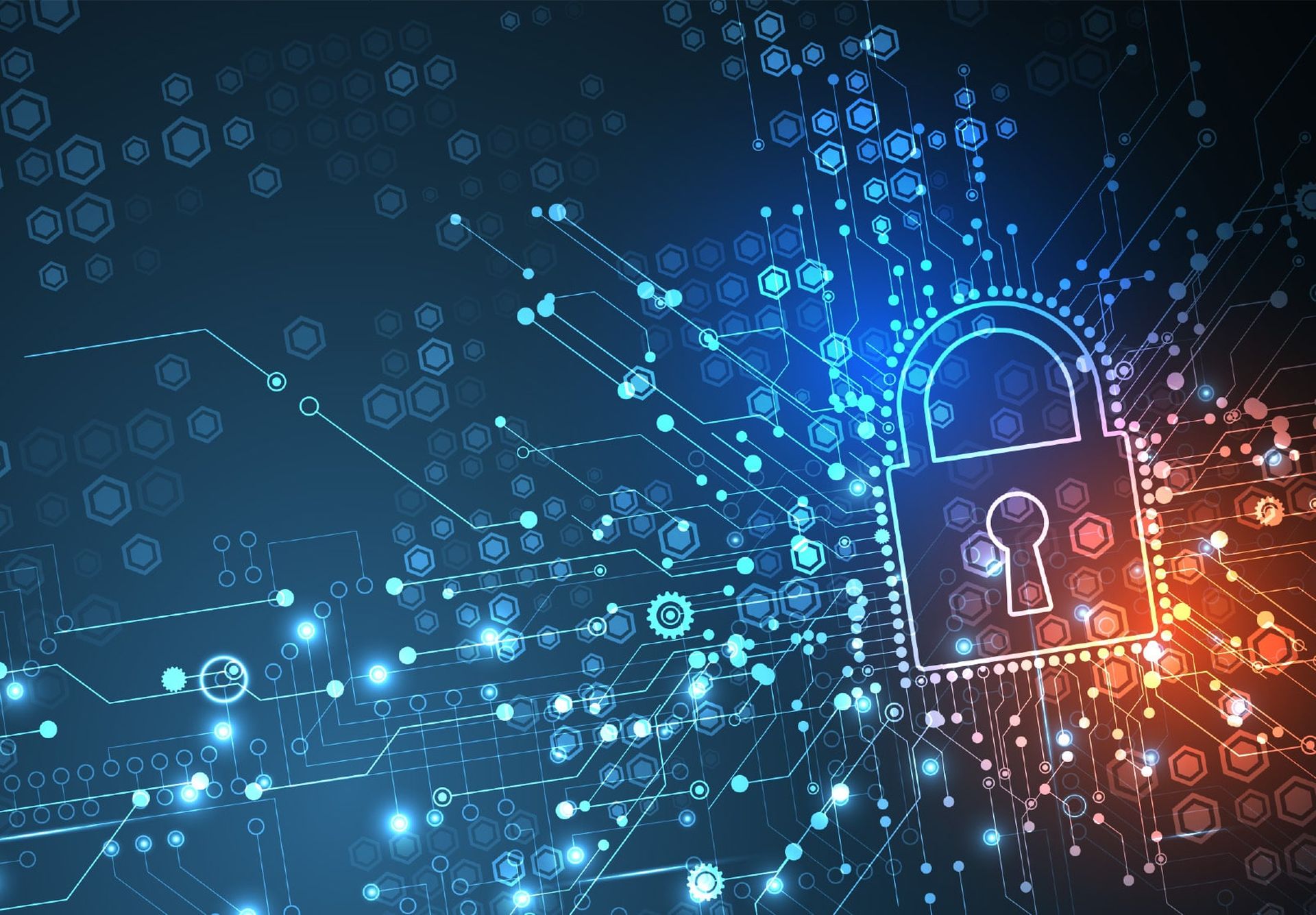
Army Gen. Paul M. Nakasone, commander of the U.S. Cyber Command, said that within the last decade Russia, China, Iran and North Korea have exploited classified systems, disrupted communications, performed destructive attacks and had an influence on the 2016 U.S. elections.
Speaking today during the Association of the United States Army’s Thought Leaders webinar, Nakasone said meddling in the 2016 elections caused the department to take steps to safeguard future elections.
By the 2018 midterm elections, when DOD was first assigned to assist with the election security mission, it had assembled a well-trained cybersecurity force with all of the right authorities and policies in place, and protection of the elections was much more effective, said Nakasone, who also serves as National Security Agency director and chief of the Central Security Service.
The general said the turnaround was the result of increased agility, speed and unity of effort. Partnerships were developed between DOD and other agencies, including the FBI and the Department of Homeland Security.
Working together, these agencies developed insights into how our adversaries operate, he explained. “We know our adversaries better than they know themselves,” he said.
Nakasone said DOD aims to broaden partnerships — such as those with academia, which has done a lot of research on social media and influence operations.
“We’re going to act when we see adversaries attempting to interfere in our elections,” Nakasone said. The number one objective at the NSA and USCybercom is a safe, secure and legitimate 2020 election, he said.
Meanwhile, Nakasone said, the COVID-19 pandemic has affected his organizations, just as it has all others. The two priorities, he said, are the safety of the workforce and the priority to continue to do the no-fail mission.
One of the great positives from this is the department’s demonstrated resilience in the face of the pandemic, he said. For example, DOD is using a tool called the Commercial Virtual Remote Enterprise to bring voice, video, chat and file transfer to a number of different users. “This is the underpinning of telework,” he said.
In March there were zero users of CVR; by April 15, there were 450,000, and by July 15 there were 1.2 million. CVR is now being used to conduct training, and leaders use it as a communications tool.
“We are working in midst of a pandemic, and we’re working with a population that is very, very comfortable operating in this type of space,” he noted, adding that while CVR has been effective, personal interaction is still vital. “This is what agility looks like in the face of a pandemic,” Nakasone said. “That’s powerful.”
from Defense News by DefenceTalk.com https://ift.tt/2OKaWS5
via Defense News
No comments: